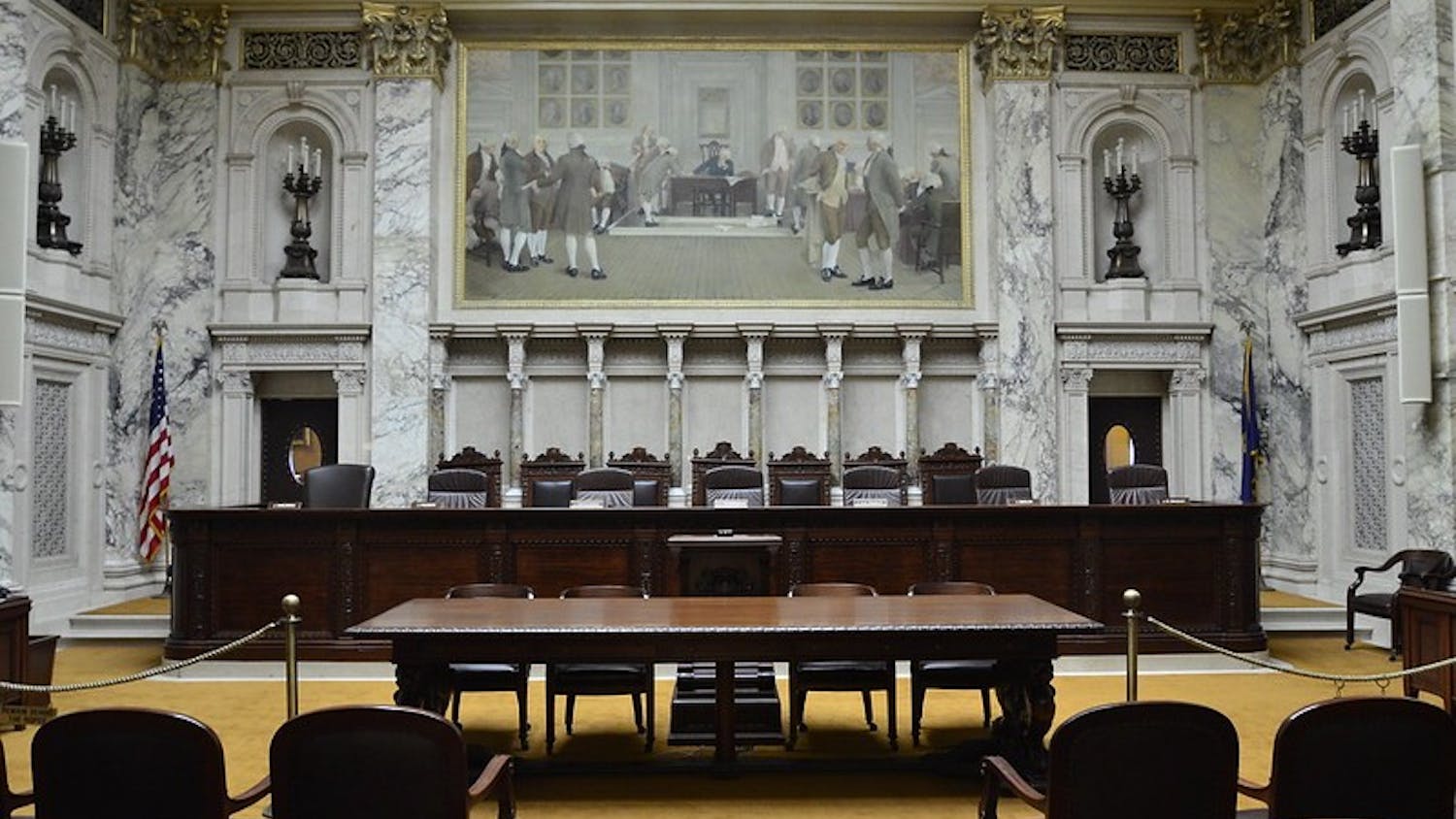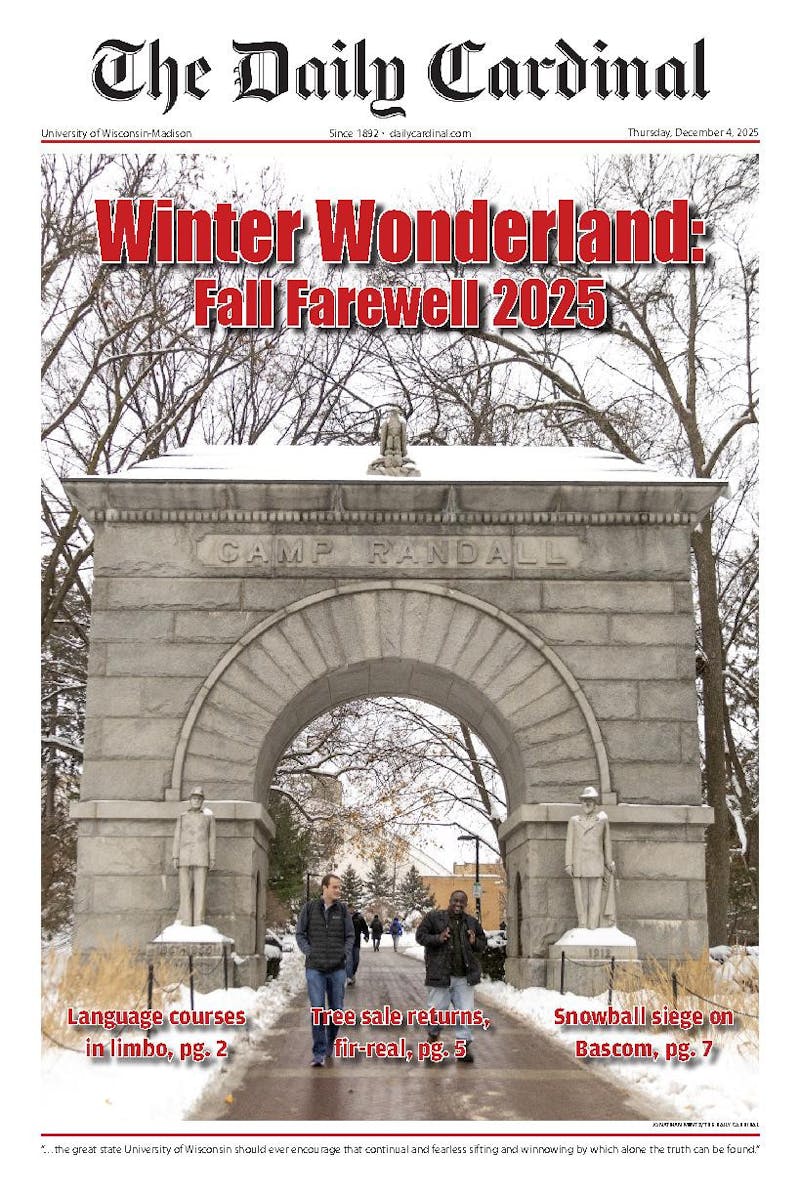Given the university's campaign against drinking, there is something hilarious about their involvement with the publication of \Throwing a House Party,"" written by UW-Madison students and published by the Policy Alternatives, Community and Education Coalition. Of course, the subtitle is ""A Guide by and for UW-Madison Students,"" and it contains no advocacy of illegal activities, just a common-sense guide on keeping a large house party from getting so out of control that the police are called in.
Despite the university administration's best attempts to cut underage and binge drinking on campus, the school moved back up the Princeton Review's list of ""party schools."" Last year's overall rank of 10th has leapt to second, including first-place rankings for beer and hard liquor consumption and a fourth-place finish for marijuana use.
The rankings are based upon the responses of 1,049 students, though what segment of the student population they belong to is unclear. The survey technique is unscientific, as being a participant seems to merely require that you go to the Web site and answer their questions. Based on this, it seems silly for UW-Madison officials to get all bent out of shape over the rankings. Scientific or not, however, these rankings impact public perception of the university community, and as PACE and the administration battle bingeing, this is not the image they are trying to promote to the student body.
For them, the target is a larger reduction of binge drinking, which they call high-risk drinking, not alcohol consumption in itself. (Binge drinking is defined as five or more drinks in a sitting for men, four or more for women.) Their concern is that higher than average numbers of students on campus have negative experiences associated with drinking, from fights with friends to sexual assaults. From 2001 to 2003, they have seen the percentage of high-risk drinkers drop from 66 percent to 62 percent and are protective of this fragile progress. It's better than the University of Colorado-Boulder, who beat out the UW for the top spot on the party school list after a similar effort to curb binge drinking produced no results.
Perhaps the house party guide can be regarded as a sign of a more reasoned approach to drinking on campus and acknowledgement of its current culture. The UW administration has moved on from the in loco parentis role of scare tactics and threats to more reasoned attempts at peer guidance. Their gains so far are small, but significant, and they need to be encouraged as they work with, rather than against, the student body.
On a state-level side note:
While UW officials try to hold back the tide, Rep. John Ainsworth-R of Shawano has introduced Assembly Bill 335. If passed, the law would make it illegal for parents to buy alcohol in a bar for their own children who were under the age of 18. Though Ainsworth promises to excise it, the bill currently includes an even more invasive provision making it illegal for parents to give their children alcohol in the home.
Ainsworth seems to be as gloriously out of touch with reality as the university is embracing it. Twenty-one is not some happy miraculous age where it all comes together and a person can ""handle"" alcohol any more than 18 makes them capable of sampling it with parents. Personal responsibility comes with experience and forbidding something often makes it that much more alluring. It is one of the reasons that alcohol causes so many more problems in the youth of America than it does for the Europeans. There, alcohol is simply another piece of daily life and a glass of wine accompanies dinner from an early age. After all, who better to teach the pleasures and responsibilities of drinking than parents?
The bill has been examined at a public hearing of the Assembly Committee on State Affairs, and has yet to advance further in the legislative process. One has to hope it will advance no further-it is too foolish and reaches too far into the realm of private life for anyone to be comfortable with.





